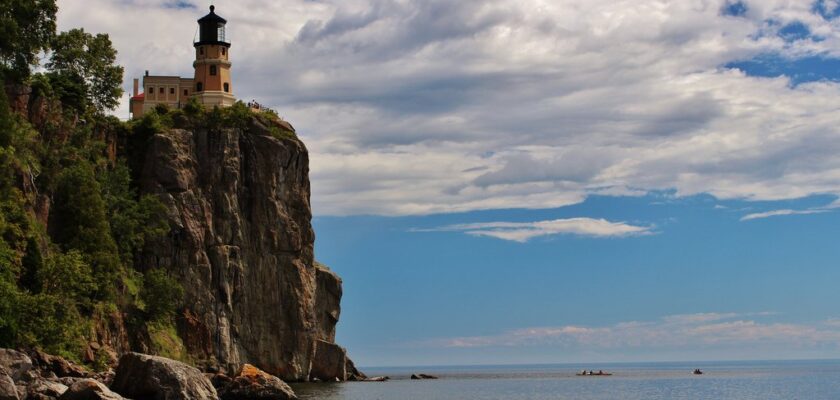Great Lakes
This attraction is related to the countries:UNITED STATESCanadaThe Great Lakes are a system of freshwater lakes in North America, within the United States and Canada. The five Great Lakes in North America make up the largest group of freshwater lakes on Earth, and are known for their great importance to the Earth’s ecology as well as their beauty and diversity. Located on the border of the United States and Canada, the Great Lakes consist of Lakes Superior, Michigan, Huron, Erie, and Ontario.
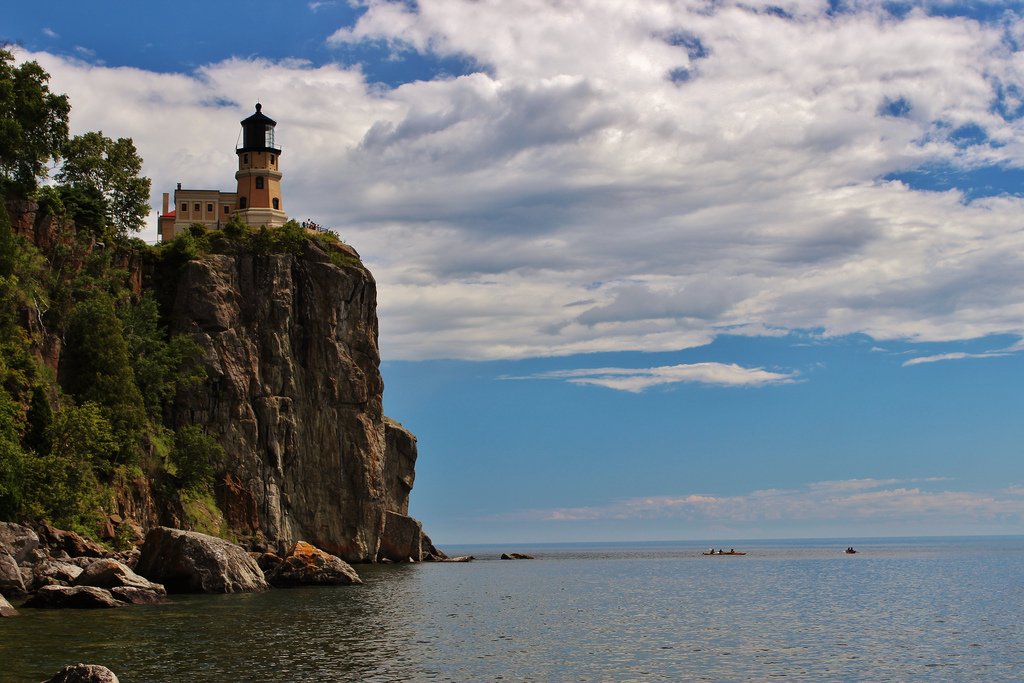
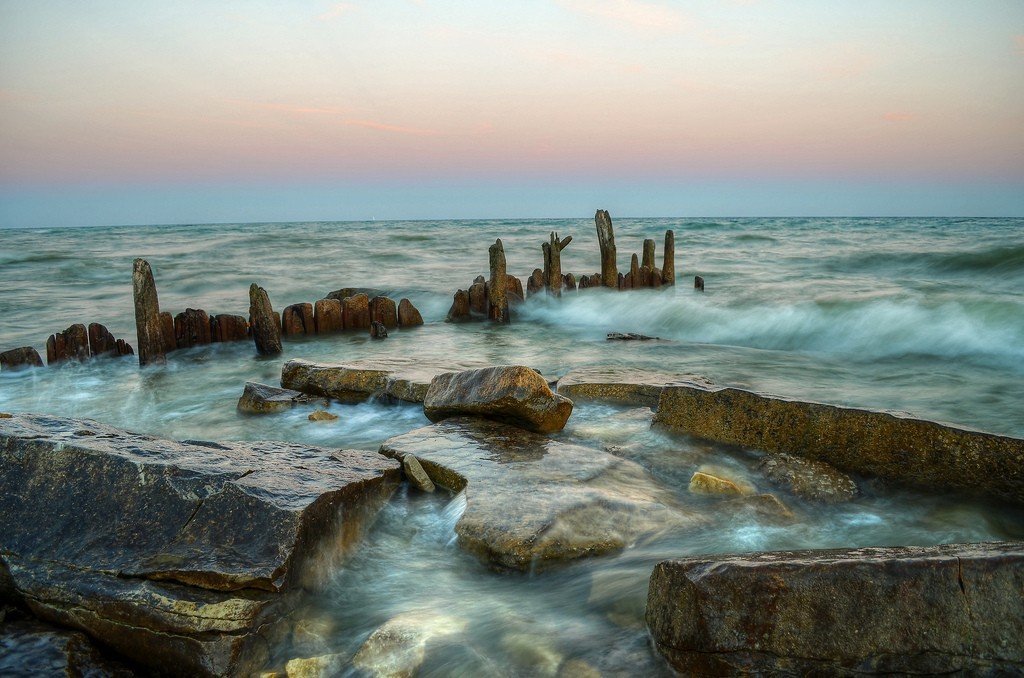
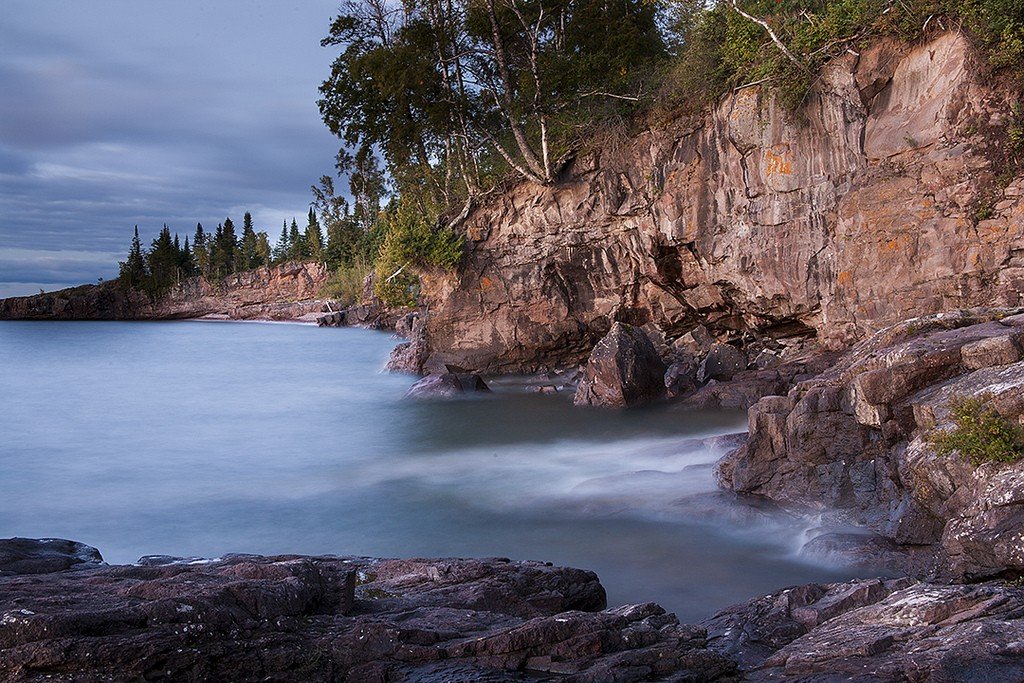
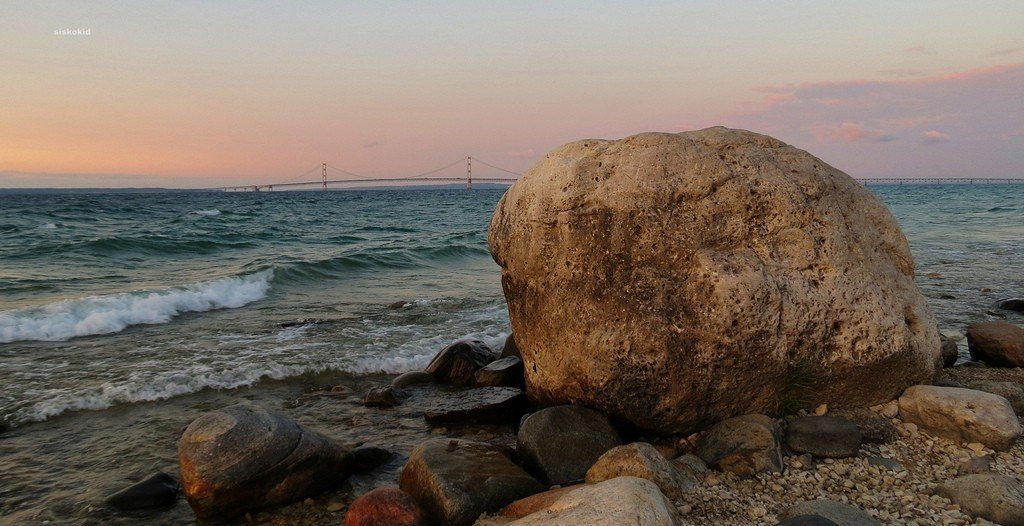
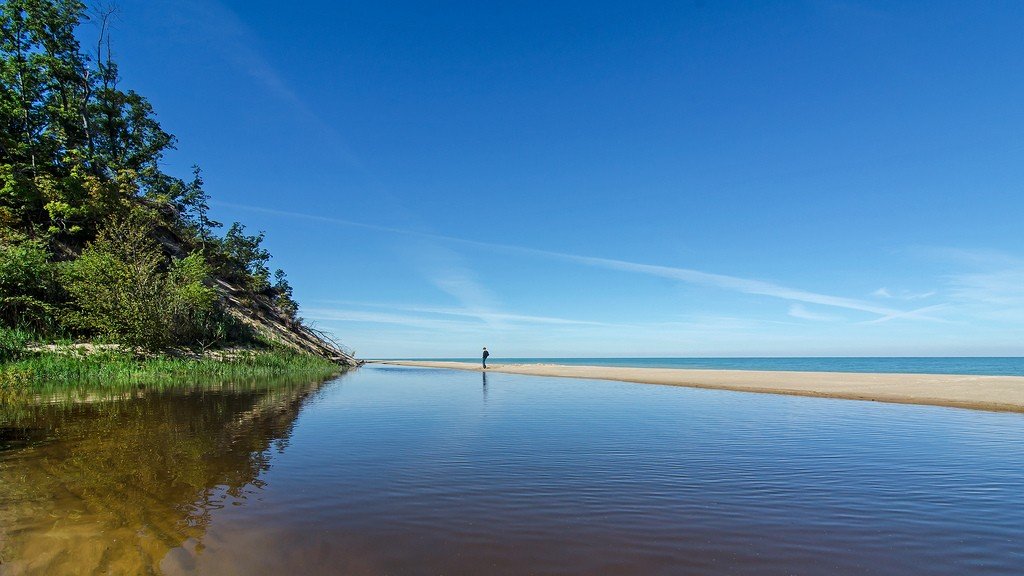
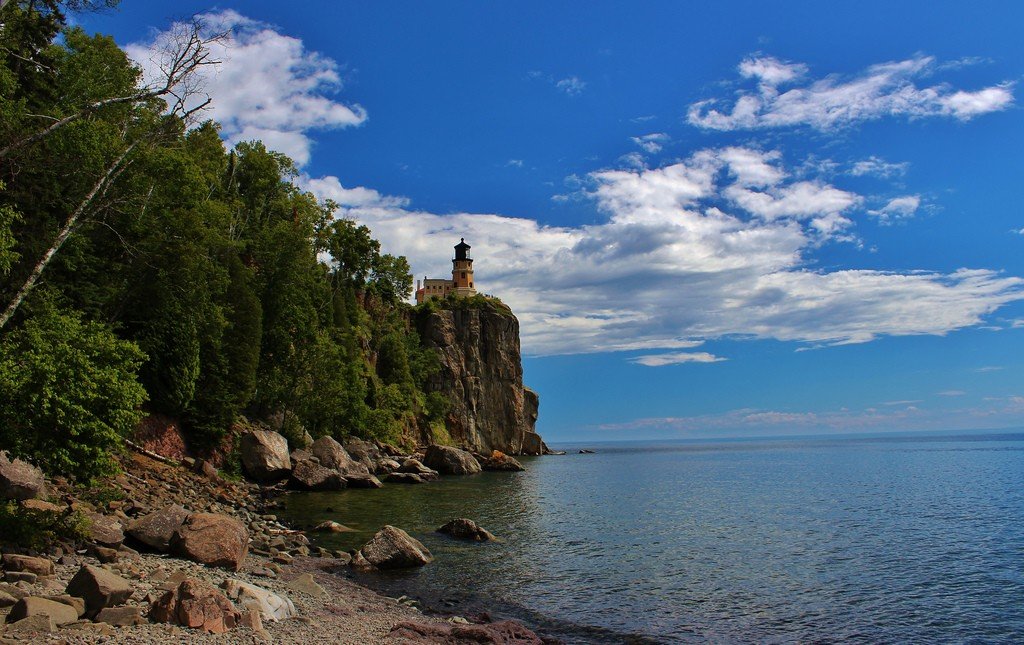
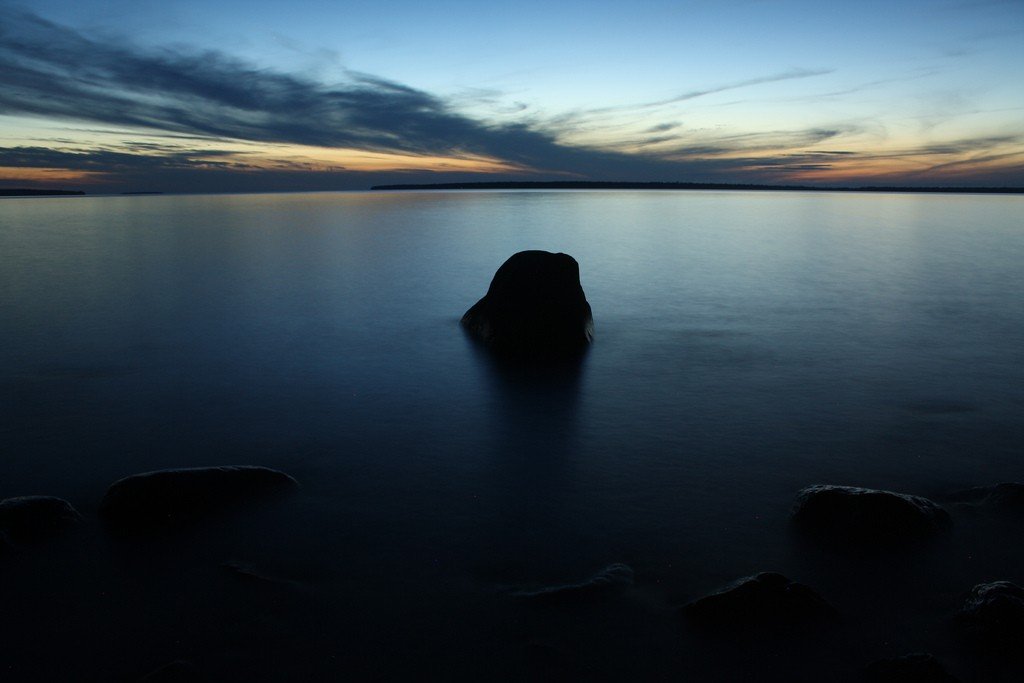
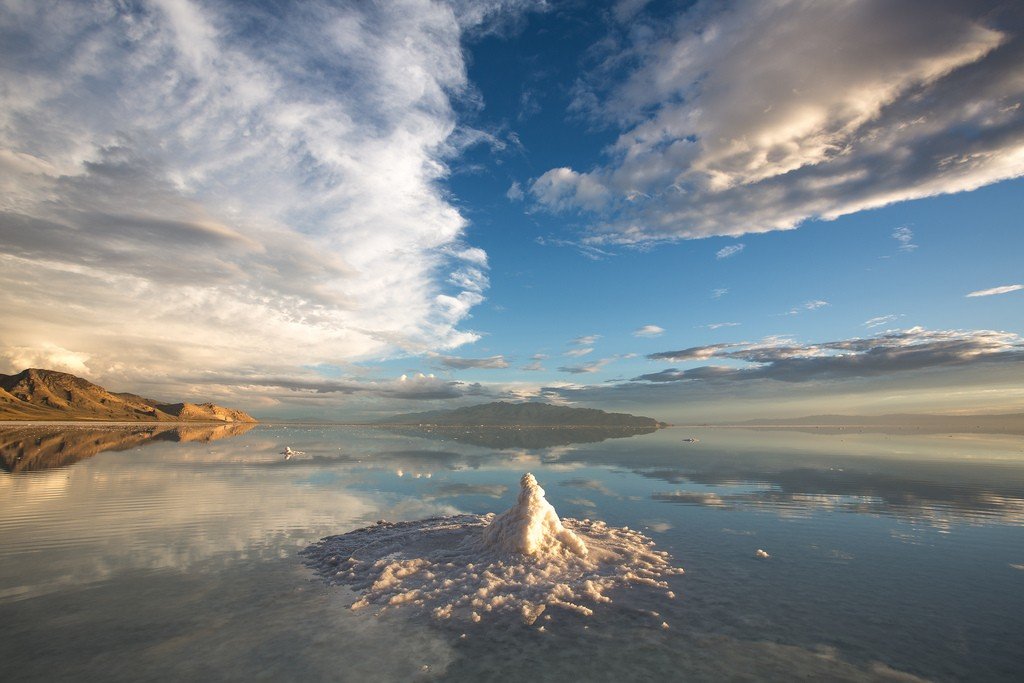
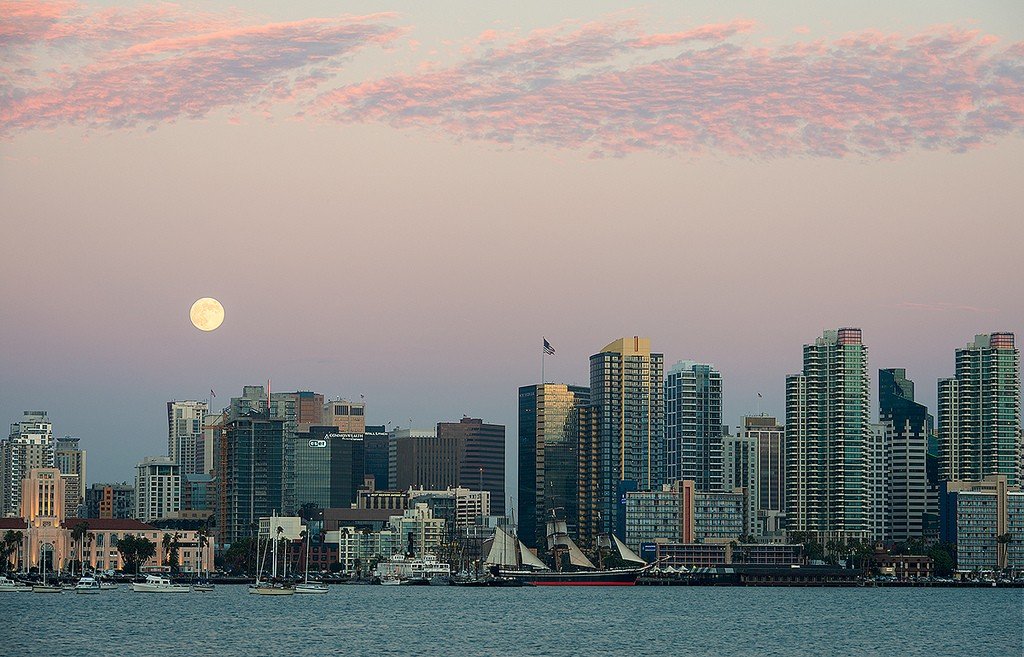
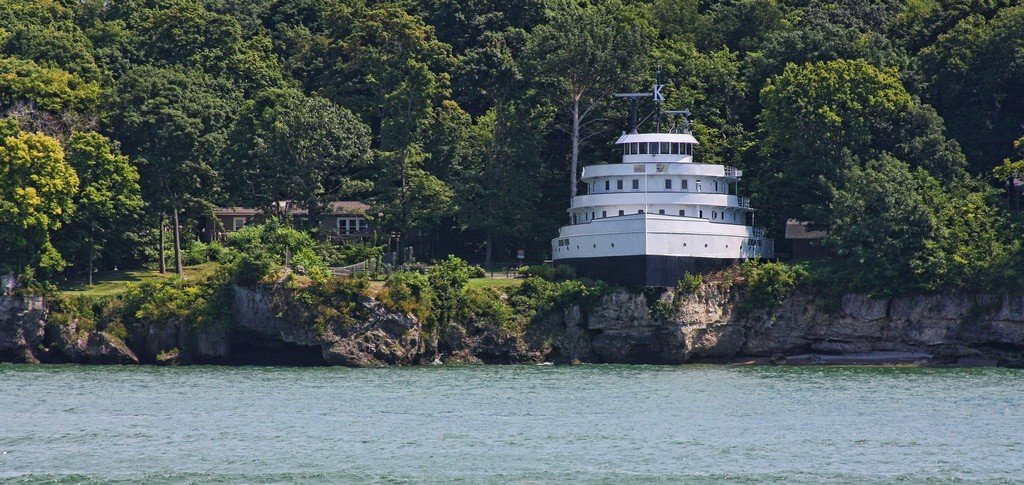
Video: Great Lakes
Background
The Great Lakes formed at the end of the last ice age, about 10,000 years ago, when the glacier began to recede and the melting water filled the valley dug by the ice. As the glaciers retreated, their edges left sharp “slices” that can still be seen today in Wisconsin and on Ontario’s Bruce Peninsula, as well as at Niagara Falls.
.The five lakes make up more than 20% of the world’s freshwater supply – 22,812 cubic kilometers. All five lakes are among the 18 largest lakes in the world, both in area and volume. Their total area is 151,681 square kilometers – more than the territories of England, Scotland and Wales combined.
.
Lake Superior is the largest and deepest lake; in fact, its area is larger than the Czech Republic. Lake Michigan is the second largest by volume, while the shallower Lake Huron is the second largest by area. Lake Erie is the shallowest and smallest by volume, while Lake Ontario is the smallest by area. It is also at a much lower elevation than the other lakes.
.
The St. Lawrence River flows out of the lakes, flowing to Quebec, past the Gaspé Peninsula, and into the Atlantic Ocean. In the days before railroads were built, it was the St. Lawrence River that served as the main transportation artery between the major industrial cities on the shores of the lake. Today, tourism forms an important component of both economies near the border, as does commercial fishing.
.
Due to their size, the lakes have an impact on the climate of the region. In the summer, their waters absorb heat, keeping the area cool, while in the winter they protect the area from the cold. However, it is in winter that the lakes look most spectacular. Dry continental air masses, coming usually from the west, absorb the moisture of the lakes, and as soon as they reach the cold air over the spaces to the east, heavy snowfalls begin, sometimes snow several feet high. It is said that at this time snow can come literally out of nowhere, from a perfectly cloudless sky.
.
There are several national parks on the shores of the Great Lakes. Here you can boat, kayak, fish, or snorkel, while the forests surrounding the lakes offer biking, bird watching, hiking, and camping. In uninhabited areas, bald eagles and herons can be found along the shores of the lakes, while more secluded forests are home to black bear barbils, wolves, moose, and even the endangered Canadian lynx.
.The Lakes Basin is inhabited by more than 33 million people, more than one-tenth of the entire population of the United States and one-quarter of Canada. Both governments are making great efforts to prevent pollution in the area in an effort to keep this magnificent land from being damaged by civilization.
.
